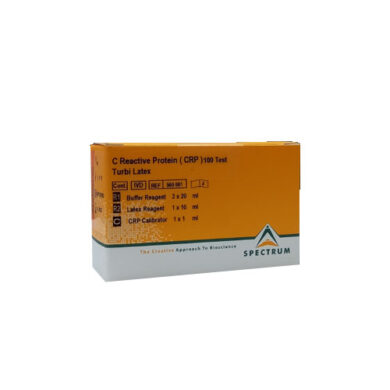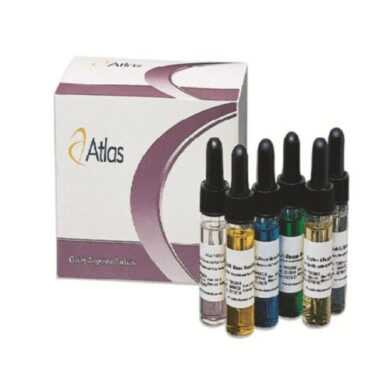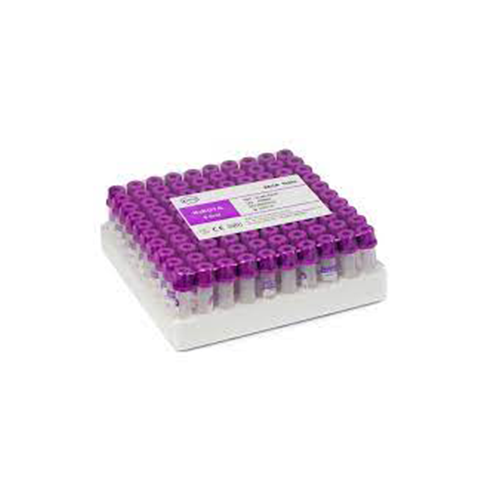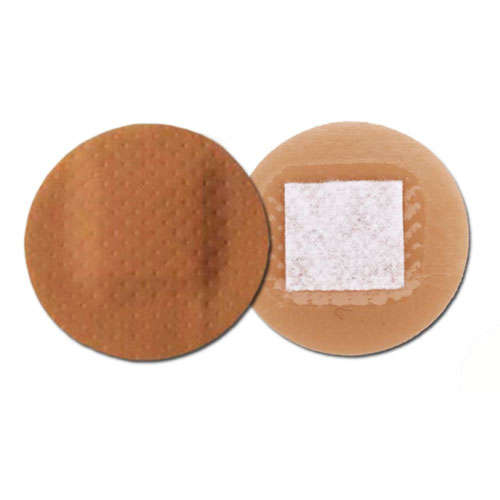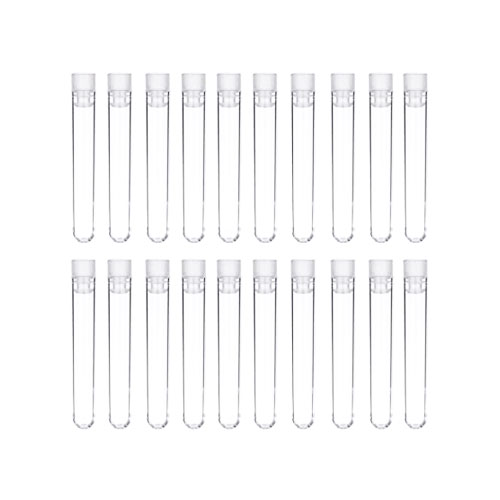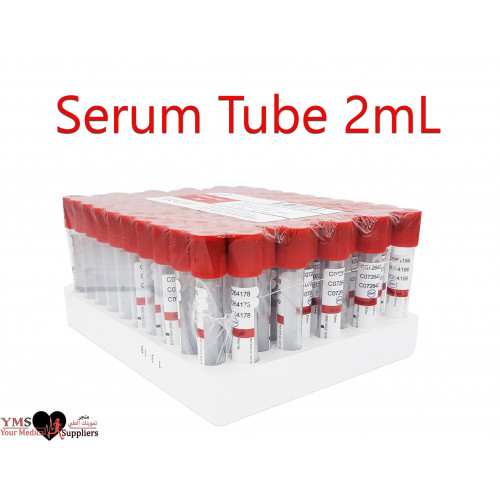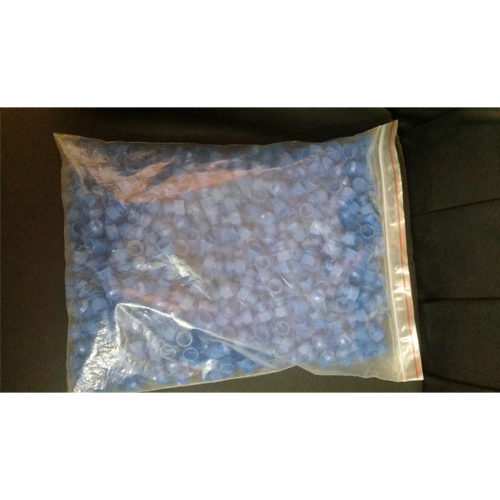- Empty cart.
- Continue Shopping
Order 500 EGP or more to qualify for FREE Shipping
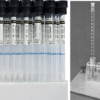
150 EGP
Add to cartESR Vacutainer
Sold by:
ONE LAB LINK
150 EGP
Rack – 100 Pieces
مصري /صيني
Order before 13 hours 38 Minutes 28 Seconds

Categories: Disposables & Consumables, Vacutainers
Tag: ESR
Buy 500 EGP worth products more to get free shipping - Continue shopping
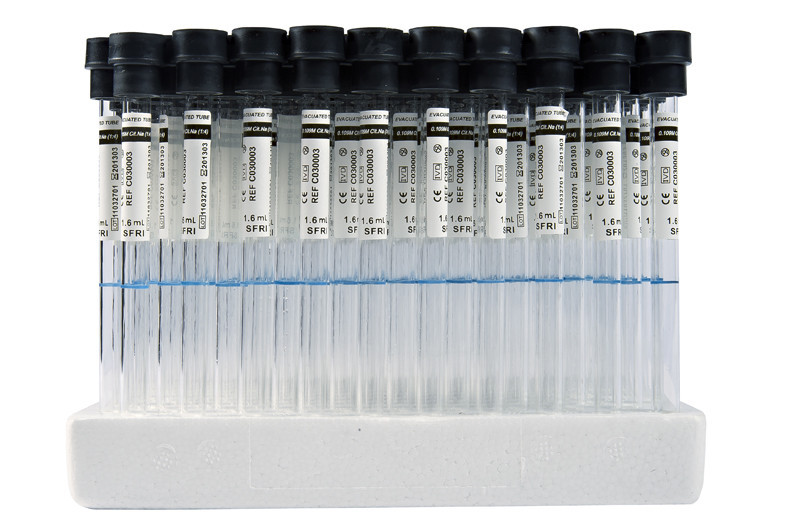
| Blood Laboratory | Erythrocyte sedimentation rate (ESR) | ||
| The ESR is a simple non-specific screening test that indirectly measures the presence of inflammation in the body. It reflects the tendency of red blood cells to settle more rapidly in the face of some disease states, usually because of increases in plasma fibrinogen, immunoglobulins, and other acute-phase reaction proteins. Changes in red cell shape or numbers may also affect the ESR. | |||
| Method | |||
| When anticoagulated whole blood is allowed to stand in a narrow vertical tube for a period of time, the RBCs – under the influence of gravity – settle out from the plasma. The rate at which they settle is measured as the number of millimeters of clear plasma present at the top of the column after one hour (mm/hr). | |||
| The Wintrobe sedimentation rackThere are two main methods used to measure the ESR: the Westergren method and the Wintrobe Method. Each method produces slightly different results. Most laboratories use the Westergren method. | |||
| Westergren method: The Westergren method requires collecting 2 ml of venous blood into a tube containing 0 .5 ml of sodium citrate. It should be stored no longer than 2 hours at room temperature or 6 hours at 4 °C. The blood is drawn into a Westergren-Katz tube to the 200 mm mark. The tube is placed in a rack in a strictly vertical position for 1 hour at room temperature, at which time the distance from the lowest point of the surface meniscus to the upper limit of the red cell sediment is measured. The distance of fall of erythrocytes, expressed as millimeters in 1 hour, is the ESR. |
|||
| Wintrobe method: The Wintrobe method is performed similarly except that the Wintrobe tube is smaller in diameter than the Westergren tube and only 100 mm long. EDTA anticoagulated blood without extra diluent is drawn into the tube, and the rate of fall of red blood cells is measured in millimeters after 1 hour. The shorter column makes this method less sensitive than the Westergren method because the maximal possible abnormal value is lower. However, this method is more practical for demonstration purposes. |
|||
| This picture shows a rack holding Wintrobe tubes, in which anticoagulated whole blood has just been added. (Time: 0) |
|||
| Red blood cells have settled, leaving plasma at the top of the tube. Reading: 18 mm/hour (Time: one hour) |
|||
| Average values in healthy men are: <15mm/hr; in healthy females, they are somewhat higher: <20mm. The values are slightly higher in old age, in both genders. | |||
| Theoretical considerationsThe RBCs sediment because their density is greater than that of plasma; this is particularly so, when there is an alteration in the distribution of charges on the surface of the RBC (which normally keeps them separate form each other) resulting in their coming together to form large aggregates known as rouleaux. | |||
| Rouleaux formation is determined largely by increased levels of plasma fibrinogen and globulins, and so the ESR reflects mainly changes in the plasma proteins that accompany acute and chronic infections, some tumors and degenerative diseases. In such situations, the ESR values are much greater than 20mm/hr. Note that the ESR denotes merely the presence of tissue damage or disease, but not its severity; it may be used to follow the progress of the diseased state, or monitor the effectiveness of treatment. | |||
| Some interferences which increase ESR: | |||
|
|||
| Some interferences which decrease ESR: | |||
|
|||
|
|||
| Size | one card, combi 10, right sign, one box, انتك, SHORT TUBES, abon, LONG TUBES, atlas, combi 2, acon, Intec, combi 3, acro, 1 liter, 1×10, 1 x250, 1×2, 1×5, 1 x 250, 1×50, 1*150, 1×60, 1×150, 1, 1*100 ml, 1×60+8×5, 1×16, 1×40, 1×8, 2×250, 2 liter, 2×20, 2×150, 2 x 120, 2×100, 2 x 500, 2 x 25, 2*100 ml, 2 x 30, 2 x50, 2, 2 x 60, 3 CM, 4 x 120, 4 x 30, 4×40, 4×125, 4×5, 4 x 250, 4*100 ml, 4 x 25, 4×10, 5 x 20, 5 CM, 5 x 10, 5 x 5, 5, 6 cm, 8×5, 9 cm, 10 x 20, 10 CM, 10 x 10, 10 L, 10, 10 x 5, 10 micron, 10×15, 11 cm, 15, 19×2.5, 20×2.5, 20 L, 20×3, 20×2, 25, 45, 50, 100, 160, 200 cup, 250, 320, 500 cup, 500 gm, 500, 700 cup, 5000 |
|---|



